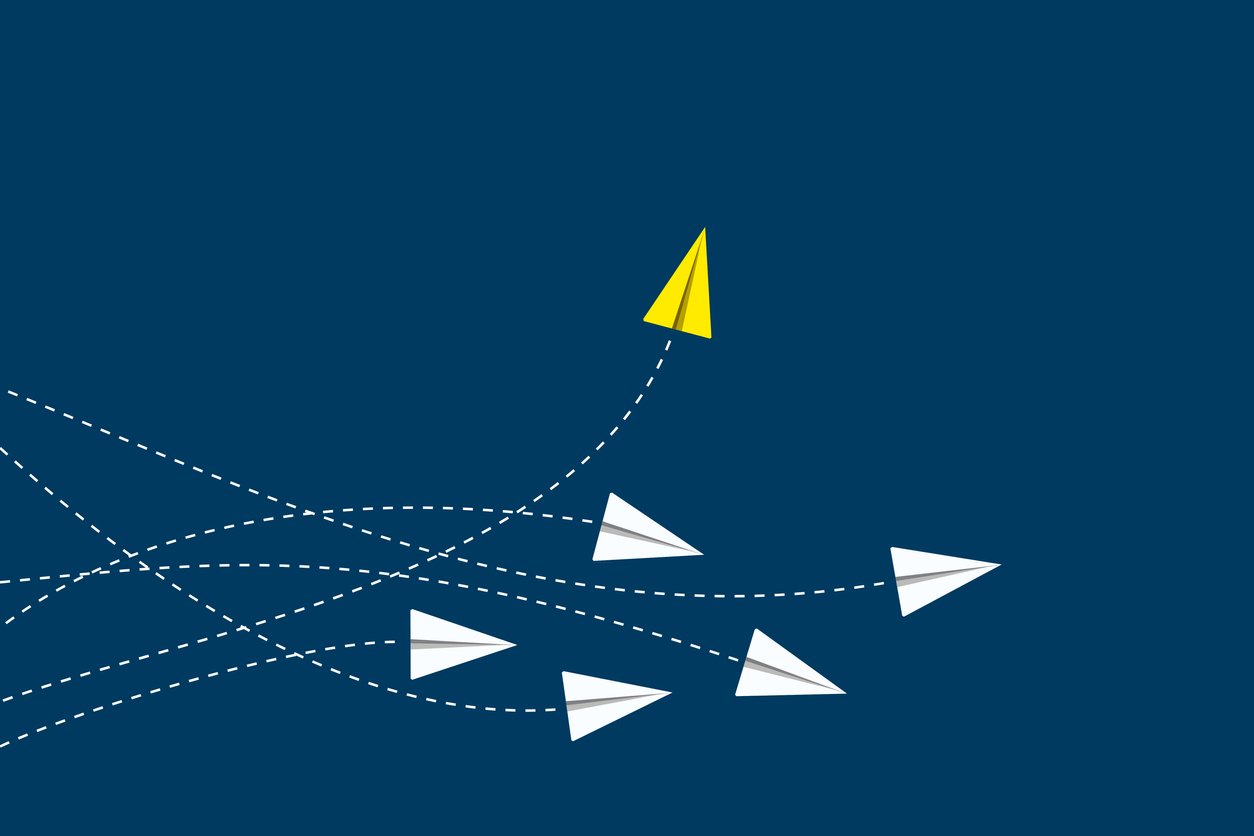It’s a tough choice to go private. Because after all, public education is free. But it’s worse than free. We have already paid for public education when we pay our taxes. So when a family considers private education, the family is not opting for paid versus free, they are opting for paying even more than they already paid. It can be incredibly frustrating to be unhappy with the schools you had no choice in paying for. So there is a strong desire to get what is owed us, to hold the public education system accountable, to make them do their job.
The decision to go private is one that requires us to to accept that the services we paid for are not meeting the needs of our own family. That isn’t easy for any of us. So before we make a decision for private, we have to step way back and look at what we are really doing when we send our students off to public school.
The latest California student achievement data available (as of December 2021) for 11th graders comes from the 2018-2019 CAASPP exam. The last exam students take lets us see the total, cumulative outcome of the California Public Education system. According the the California Department of Education, 57% of 11th graders achieved grade-level in English, and only 37% of 11th graders achieved grade level in Math. If California implemented an exit exam, as was intended some time ago, only 37% of students would get their High school diploma.
To continue sending our students to public school, believing this decision will improve our students in some fashion, we need to believe that our student will not be in that 63% of students who fail to achieve grade level in math nor in the 43% who fail to read at grade level. We need to believe our student will be in the minority, those who actually succeed in public school.
Is there any other downside to marching them off every morning to public school? Drugrehab.com claims that “by the time they are seniors, in fact, more than 60 percent of high school students will have tried alcohol, and nearly half will have taken an illegal drug.”
If we are to accept the claims made by Drugrehab.com, then to continue sending ours students to public school, we need to believe our students will be in this minority, part of the 40% of students that do not end up drinking or taking drugs as a result of their high school tenure.
So with these statistics in mind, it is hard to be assured that sending our students to public high school provides any real net benefit to the majority of students. It is the minority of students who achieve and stay away from drugs. We have to ask ourselves, what kind of world are we required by law to send our students into, when only the minority emerge unscathed and academically adequate.
Paying for private school is really a tough choice, it means that we, as parents, are walking away from what some people say is about a $12,000 total annual investment in each student that the California tax payer is already making. It also means that we are going to pay tuition on top of this investment.
But unless the majority of students in our public education system achieve grade level in Math and English, and unless the majority of students emerge from public school unscathed by drugs and alcohol, the belief that this very broken way of maturing our young people is a good for them is fundamentally irrational.
Studia Nova offers a variety of programs and partnerships to make private school affordable, to bring private school within reach of as many students as possible.
